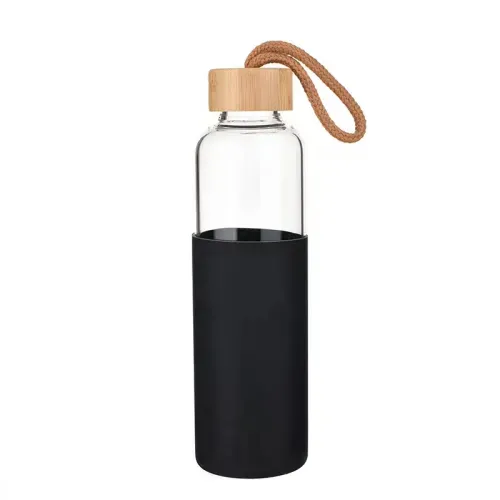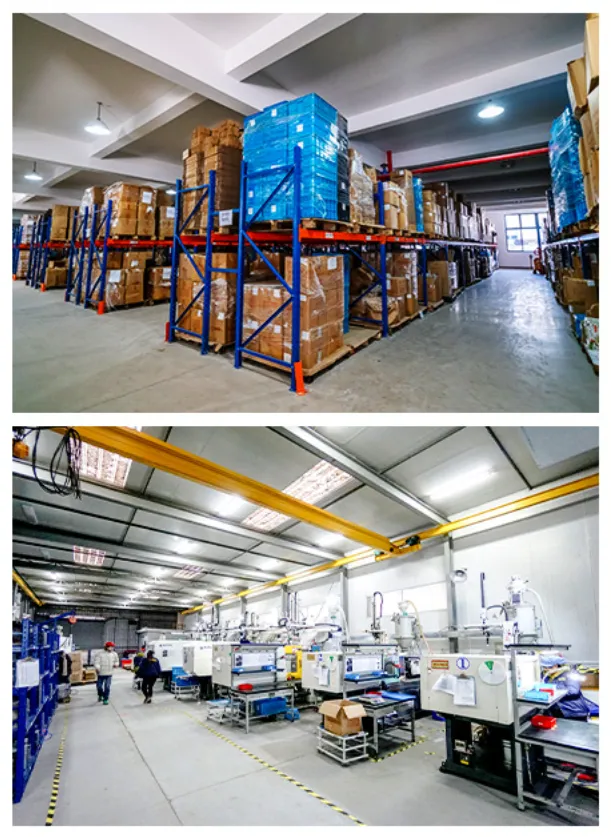Bamboo lids for jars represent a blend of beauty, functionality, and sustainability. They are an excellent choice for anyone looking to enhance their home while making environmentally conscious decisions. Whether you are using them to decorate your space, preserve food, or simply reduce plastic waste, bamboo lids offer a stylish solution that benefits both the user and the planet. By choosing bamboo, we are not just choosing a product; we are choosing a lifestyle that values sustainability and creativity.
 Home
Home













